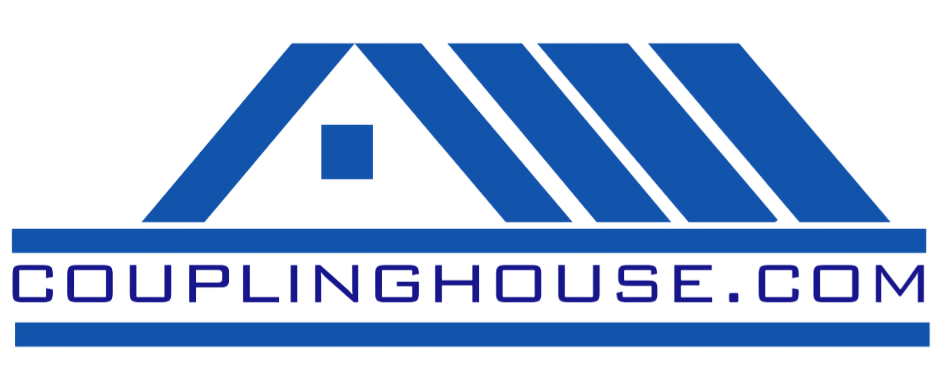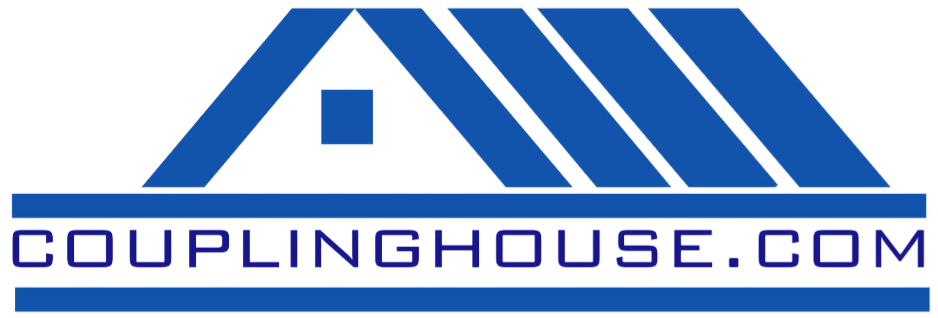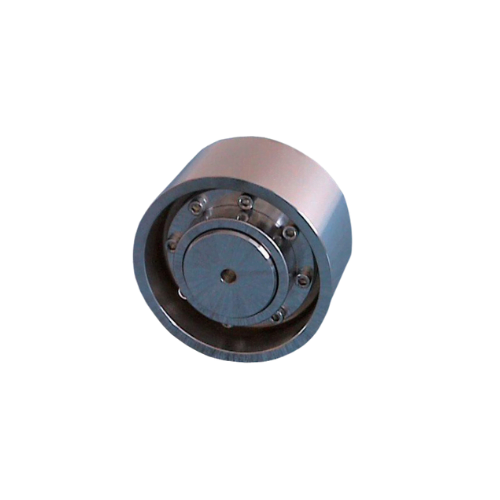SW TYPE OF JAW COUPLING
1. Introduction to SW Type of Jaw Coupling
In the realm of mechanical engineering, the efficiency and reliability of machinery are paramount. Among the various components that contribute to this efficiency, jaw couplings play a significant role. In this article, coupling house shows the SW type of jaw coupling, exploring its design, advantages, applications, and maintenance practices.
2. Understanding Jaw Couplings
What Are Jaw Couplings?
Jaw couplings are mechanical devices used to transmit torque between two shafts while allowing for a certain degree of misalignment and shaft movement. They consist of two hubs with concave jaws and an elastomeric spider placed between them.
Importance of Jaw Couplings in Mechanical Systems
Jaw couplings are crucial components in various mechanical systems, providing flexibility, damping vibration, and protecting machinery from shock loads. They are widely used in industrial applications, power transmission systems, and automotive industries.
3. Exploring SW Type Jaw Couplings
Design and Structure
SW type jaw couplings feature a unique design characterized by their curved jaw profile, which enhances torque transmission capabilities. The hubs are typically made of high-strength materials such as steel or aluminum, ensuring durability and reliability.
Material Composition
The elastomeric spider, often made of polyurethane or rubber, serves as the intermediary element between the hubs, providing flexibility and damping vibration. This material composition ensures smooth operation and minimal maintenance requirements.
4. Advantages of SW Type Jaw Couplings
High Torque Transmission
One of the primary advantages of SW type jaw couplings is their ability to transmit high levels of torque while accommodating shaft misalignment. This makes them ideal for applications requiring robust torque transmission, such as heavy machinery and industrial equipment.
Dampening Vibration
The elastomeric spider in SW type jaw couplings absorbs vibration and shock loads, reducing stress on connected machinery and extending their operational lifespan. This feature is particularly beneficial in applications where smooth and reliable operation is essential.
Easy Installation and Maintenance
SW type jaw couplings are designed for easy installation and maintenance, allowing for quick replacement of the elastomeric spider or hubs if necessary. Their simple yet effective design minimizes downtime and ensures uninterrupted operation of mechanical systems.
5. Applications of SW Type Jaw Couplings
SW type jaw couplings find widespread use in various industries and applications, including:
- Industrial Machinery: Conveyors, pumps, compressors, and mixers
- Power Transmission Systems: Generators, turbines, and gearboxes
- Automotive Industry: Drive shafts, steering systems, and engine components
6. Choosing the Right SW Type Jaw Coupling
When selecting SW type jaw couplings for a specific application, several factors should be considered, including:
- Operating torque and speed requirements
- Shaft misalignment tolerance
- Environmental conditions and temperature range
Proper sizing and compatibility ensure optimal performance and reliability of the coupling system.
7. Installation and Maintenance Tips
Proper Installation Procedures
During installation, ensure proper alignment of shafts and hubs to prevent premature wear and misalignment issues. Tighten bolts to the recommended torque specifications and inspect for any signs of damage or defects.
Routine Maintenance Practices
Regular inspection and lubrication of SW type jaw couplings are essential for maintaining optimal performance and prolonging their lifespan. Check for wear on the elastomeric spider and replace it if necessary to prevent sudden failures.
8. Common Issues and Troubleshooting
Despite their reliability, SW type jaw couplings may experience certain issues over time, including:
- Misalignment Problems: Address misalignment issues promptly to prevent excessive wear on coupling components.
- Excessive Wear and Tear: Monitor coupling condition regularly and replace worn-out components as needed to prevent system failures.
- Noise and Vibration: Investigate the root cause of noise and vibration and take corrective actions, such as realigning shafts or replacing damaged parts.
9. Future Trends in Jaw Coupling Technology
Advancements in materials science and engineering are driving innovations in jaw coupling technology. Future developments may focus on enhancing durability, increasing torque transmission capabilities, and improving overall efficiency to meet the evolving needs of modern machinery.
10. Conclusion
SW type jaw couplings offer a reliable and efficient solution for transmitting torque in mechanical systems. Their robust design, high torque transmission capabilities, and easy installation make them a preferred choice across various industries. By understanding their design, advantages, applications, and maintenance practices, engineers and technicians can ensure the optimal performance and longevity of SW type jaw couplings in their systems.
ALL PRODUCTS






















